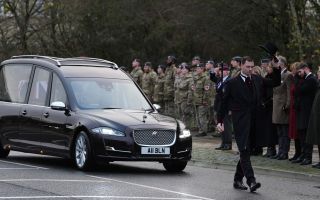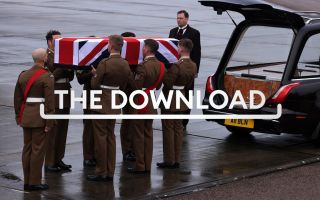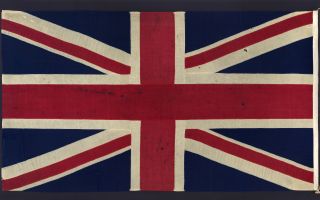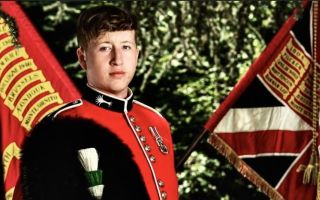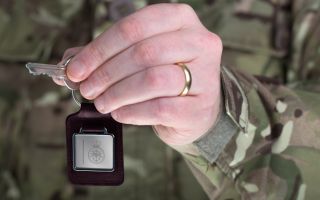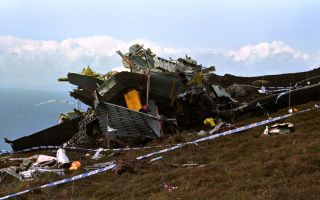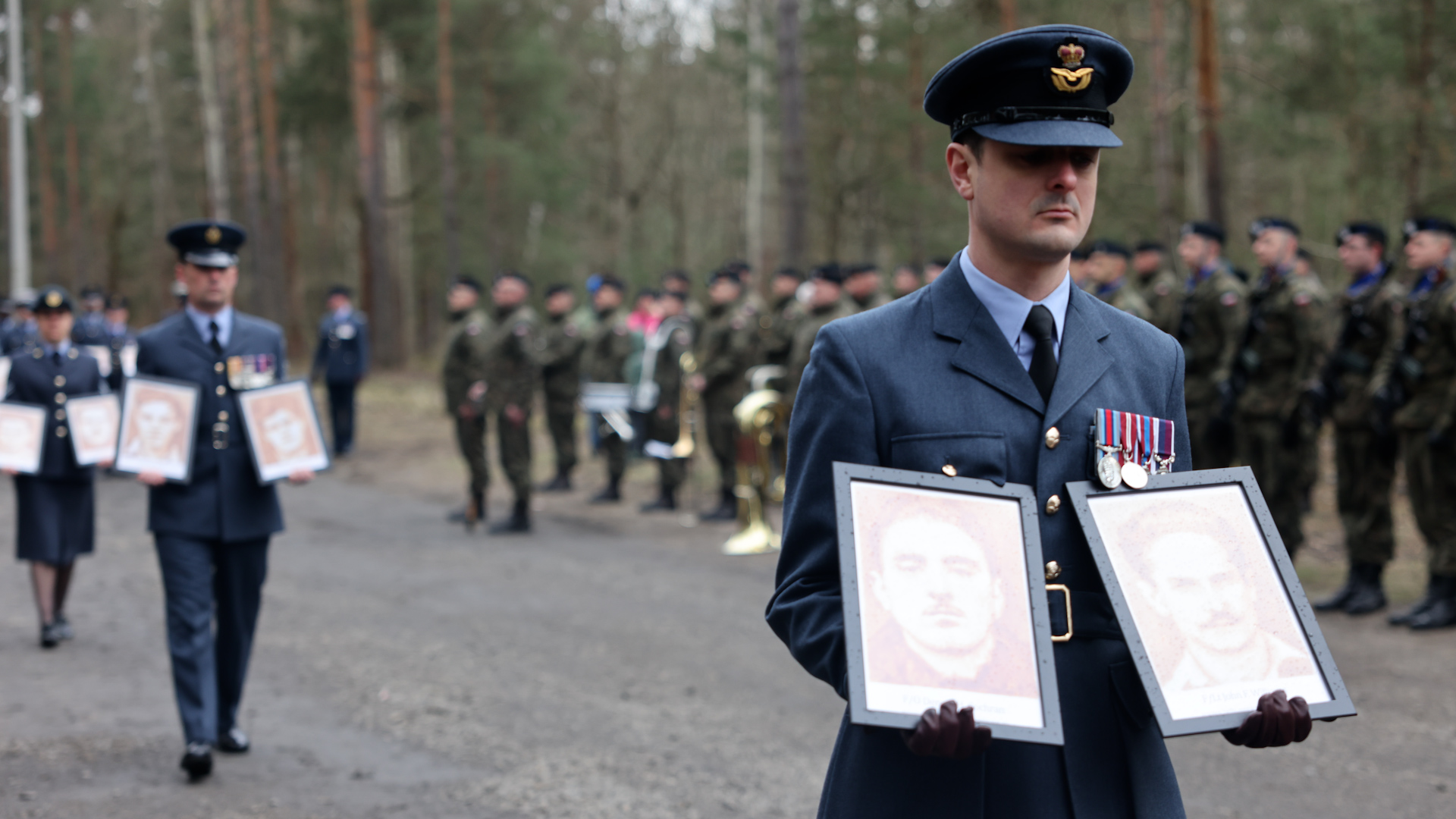
Great Escape prisoners of war remembered 80 years on in moving ceremony

Eighty years to the day since 76 allied prisoners of war escaped a detention camp in what is today west Poland, a ceremony has paid tribute to those involved.
Military personnel from the Polish Army and Royal Air Force paraded near the site of Stalag Luft III, a Luftwaffe-run PoW camp for aviators shot down over Europe during the Second World War.
Of the 76 who escaped, all but three were recaptured in the days that followed. Fifty of the men were then summarily executed upon orders of Adolf Hitler.
- Recaptured Great Escape airmen 'betrayed' by English informants, unearthed document claims
- Last living recipient of Second World War VC awarded one more medal - 75 years late
- Second World War RAF pilot takes to the air again in a Spitfire at the age of 102
In the immediate aftermath of the war, the Royal Air Force Police conducted the hunt for those responsible, succeeding in bringing 18 members of the Gestapo to justice in 1947. Thirteen of those were then later executed.

On parade at the 80th anniversary commemorations were 13 currently serving RAF Police personnel.
Speaking to Forces News, Sergeant Ewan Howieson, RAF Police, said the investigation is an often-overlooked piece of military history.
"Not only was the investigation passed to the Royal Air Force Police, it was passed to the Special Investigations Branch, of which I was a member for 13 years.
"Today, it remains the biggest military police investigation ever carried out by any military police organisation in the world.
"As a member of the Royal Air Force Police, it’s something to be immensely proud of."
Others in attendance included relatives of some of the men who participated in the breakout which was later immortalised in film in the 1960s.
Fourteen-year-old Harry Gray, whose great-grandfather Henry Cuthbert Marshall was the second man in the tunnel on that night in 1944, spoke of his pride.
He said: "I find it amazing how you can watch the film and it be so close to you. It feels very personal.
"You can’t imagine what it must have been like. How they managed to dig the tunnel in the first place with their limited equipment.
"The courage, resilience, and stubbornness as well, must have been absolutely incredible."
Those behind the operation initially set out to build three tunnels and aimed for hundreds to escape.
In the end, just one of the tunnels, dubbed 'Harry', made it far enough under the wire for 76 of the PoWs to escape.
Stalag Luft III Museum director, Marek Lazarz, explained how sophisticated the structure was.
"It took one year to complete the whole tunnel, which was 9 metres deep and 110 metres long. There was a ventilation system, and wooden trollies to move along in the tunnel itself.
"All sorts of wooden supports, because technically, digging here is easy due to the sandy soil.
"But that was dangerous because it was constantly collapsing. The whole tunnel was supported with wood."
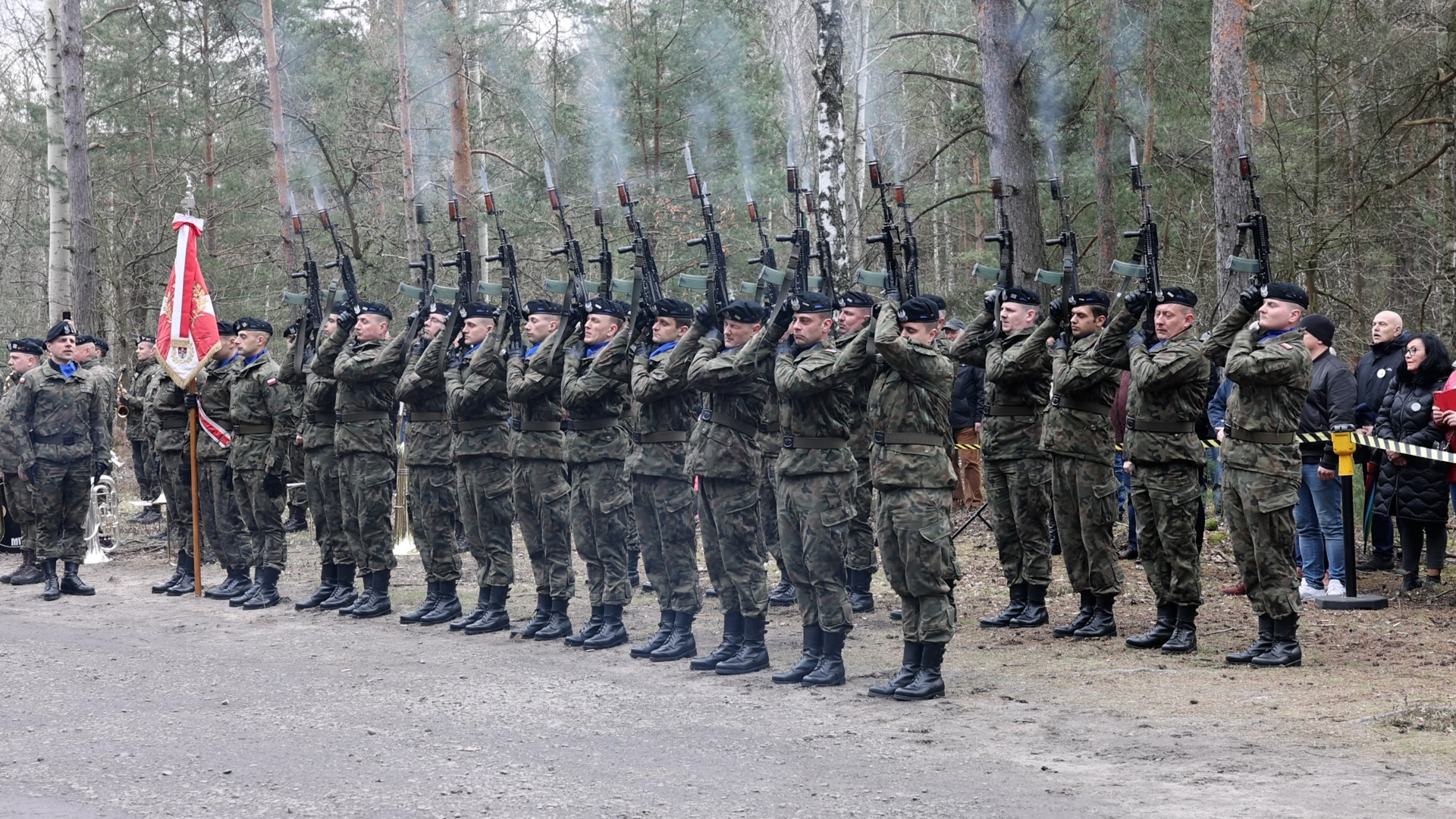
Sunday's ceremony was a joint Polish-UK affair.
Guests of honour included the British Ambassador to Poland, Her Excellency Anna Clunes, and Air Commodore Andrew Dickens, who represented the Chief of the Air Staff.
The guard of honour, which was provided by soldiers from the Polish Army, fired a volley of rounds while musicians performed national anthems and the iconic theme tune to The Great Escape.
However, the most moving moments of the service came as the names of those killed by the Gestapo were read out.
Accompanying the roll call, RAF personnel slowly paraded portraits of the 50 men who were lost.
The personnel involved had volunteered to participate in the event especially and will now return to their usual duties in the UK.
Commemorations at Stalag Luft III concluded with a two-minute silence and the laying of wreaths at the precise point at which the men emerged from the tunnel.


